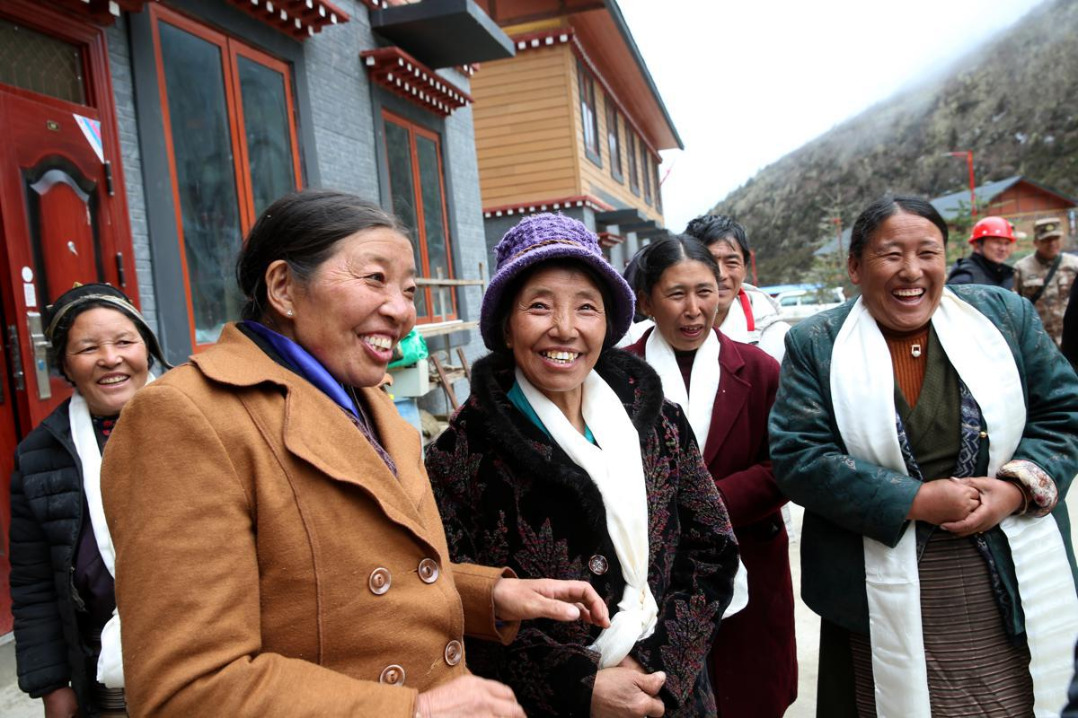New tool helps predict recurring liver cancer

Chinese scientists and their counterparts from Singapore have developed a highly accurate scoring system to predict the risk of recurrence for a serious form of liver cancer called hepatocellular carcinoma, or HCC.
The scientists achieved an accuracy rate of 82.2 percent, the international academic journal Nature reported.
The scoring method, called the Tumor Immune Microenvironment Spatial System, or TIMES, is the first tool in the world to integrate spatial immune information that can be used to predict the cancer's recurrence.
Led by Sun Cheng, a professor at the University of Science and Technology of China, the team of scientists published its findings in Nature on Thursday.
HCC is a type of liver cancer that originates in the main liver cells, known as hepatocytes. It is the most common form of primary liver cancer and typically occurs in individuals with a chronic liver disease, such as cirrhosis and hepatitis B or C infections.
"HCC ranks as the third-leading cause of cancer-related deaths globally, with a high recurrence rate of up to 70 percent post-surgery," Sun said, adding that accurately predicting HCC recurrence has been a challenge.
Sun's team and its partners found that the spatial distribution of immune cells plays a crucial role in determining clinical outcomes — a revolutionary microenvironment assessment. The team analyzed the spatial distribution of immune cells in HCC tissue from 61 patients and identified five key biomarkers crucial for predicting the risk of recurrence.
By combining these biomarkers and using advanced machine learning algorithms, the TIMES scores significantly outperformed existing risk stratification tools such as the TNM and BCLC systems, which are commonly used for staging and classifying HCC.
Validation studies involving 231 patients demonstrated the robustness of the TIMES system, with an accuracy of 82.2 percent and a specificity of 85.7 percent.
Notably, the predictive power of these biomarkers stemmed from their spatial distributions within the tumor microenvironment, rather than their individual expression levels.
Further investigations into the biological significance of one of the five key markers in the TIMES system — dubbed SPON2 — revealed its role in enhancing natural killer cells' activity and inhibiting tumor progression.
Experiments with mice using SPON2 showed promising results in reducing HCC recurrence, opening the way to potential therapeutic interventions.
To make the TIMES system accessible to the clinical community, the team developed a user-friendly online platform where healthcare providers can upload standard pathology images or data to receive personalized HCC recurrence risk reports.
The core algorithms and models of the TIMES system are patented, and the team is actively seeking to collaborate with industry partners to facilitate wide clinical application.
Michael Lotze, a professor at the University of Pittsburgh in the United States, praised the study for its innovative approach.
The study "provides compelling evidence" for the primacy of the spatial immune context in predicting HCC, Lotze said in his review. "It establishes a methodological framework that could be broadly applicable across solid tumor malignancies, potentially guiding immunotherapeutic interventions through precise spatial immune profiling."
Immunotherapeutic interventions are treatments that harness the body's immune system to fight diseases, including cancer.
- Organic agriculture forum unites global experts in Datong
- Guangdong and Macao launch cross-border medical transfer services
- African, Asian govt officials learn from Shenzhen's economic success
- Mainland slams Lai Ching-te for being US arms dealer's ATM by increasing defense budget
- Arab nations strengthen cultural ties with Ningxia
- China transport sector posts steady seven-month growth





































